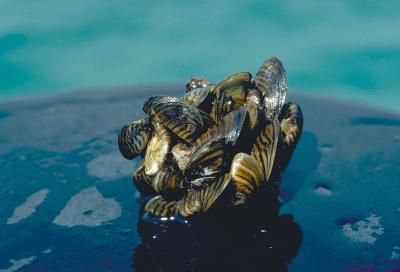The Great Lakes Aquatic Nonindigenous Species Information System (GLANSIS) team characterized the impacts of the top 10 Great Lakes aquatic invasive species. Based on the analysis, 78 of the 188 species listed in the database were scored as invasive. Of these 78 species, 32 species had moderate impacts and 36 species had high impacts. The remaining 10 species had exceptionally strong impacts in multiple categories.
Which invasive species have the most significant negative impacts in the Great Lakes? Based on GLANSIS impact scores, they include: zebra mussels, quagga mussels, alewife, sea lamprey, Japanese stiltgrass, grass carp, water chestnut, phragmites, round goby, and white perch.
These species come from different continents and from different pathways of introduction (such as through ballast water, shipping channels, or the aquarium trade). Their most common shared impacts are threats to and competition with native species, altering predator/prey dynamics, and costly damage to human recreation and enjoyment of natural areas, along with harming economic activities. These rankings can serve as a reference point for researchers, educators and science communicators throughout the Great Lakes region. Read the paper here.


